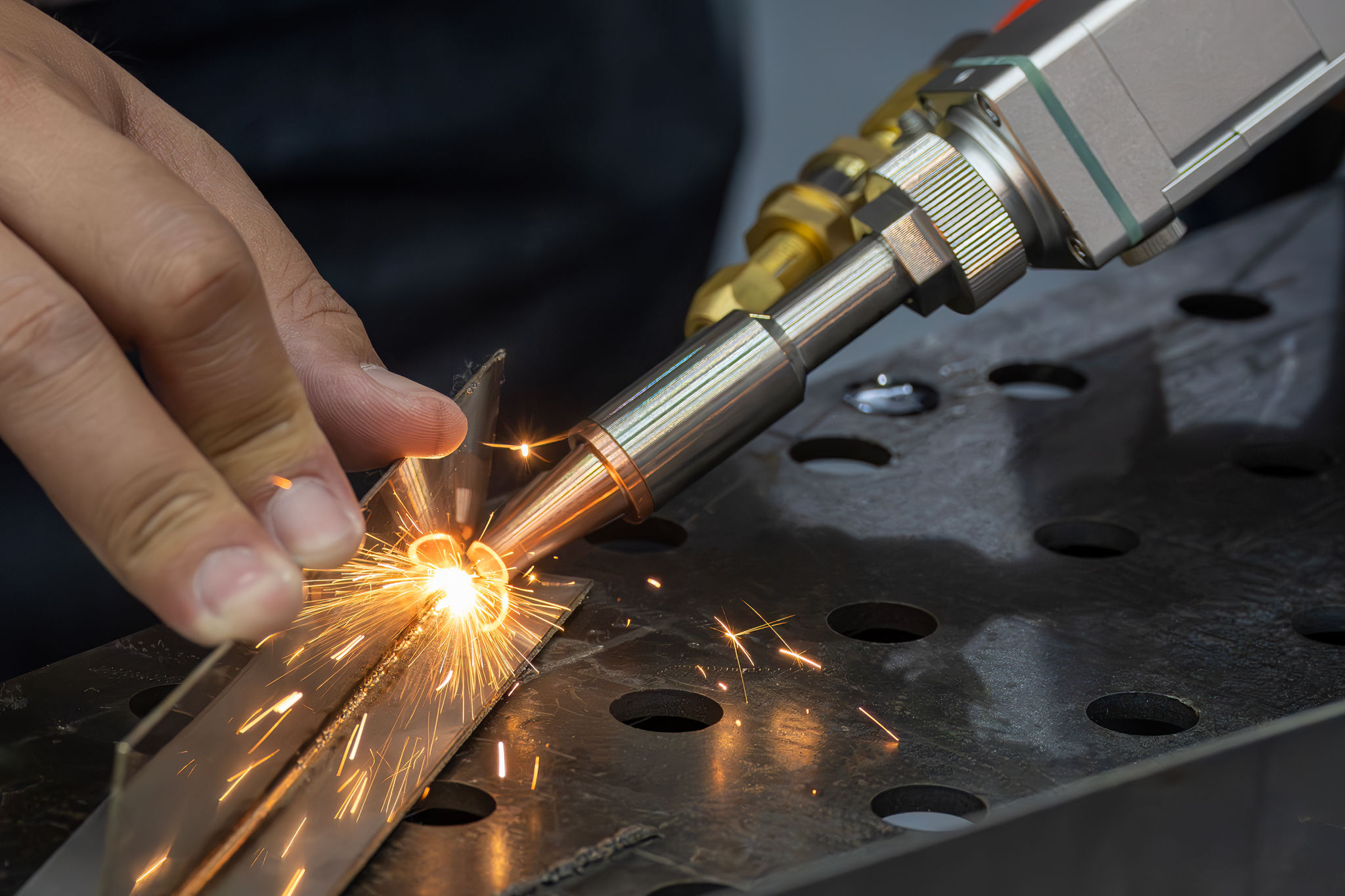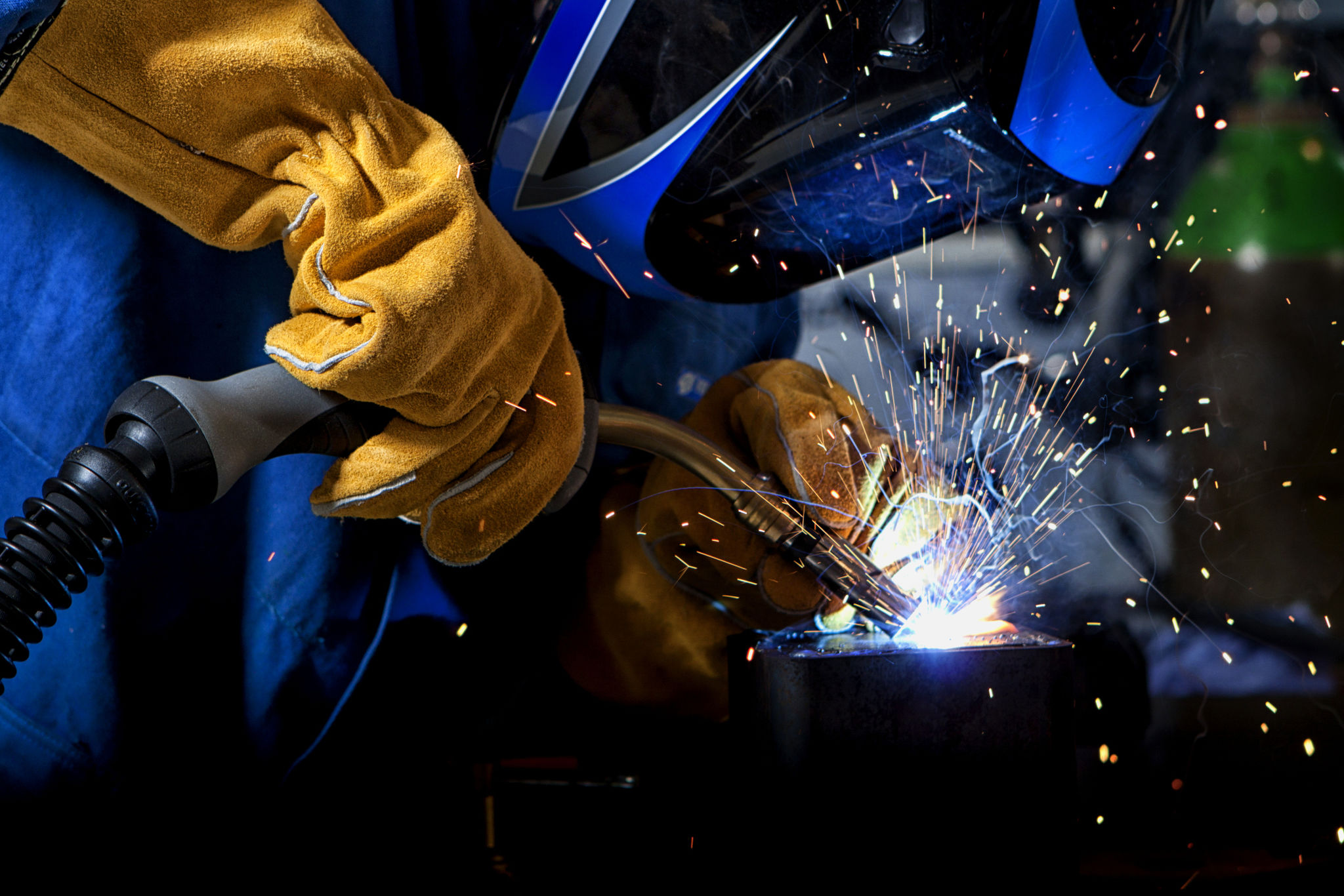The Ultimate Guide to Metal Welding in Wixom: Techniques and Tools
Metal welding is an essential skill in various industries, from automotive to construction, especially in a bustling location like Wixom. Understanding the different techniques and tools used in metal welding can significantly enhance your craftsmanship and ensure high-quality results. Whether you're a seasoned professional or a beginner, this guide will walk you through the essentials of metal welding.
Understanding the Basics of Metal Welding
Before diving into the specific techniques, it's crucial to grasp the fundamental principles of metal welding. Essentially, welding involves joining metals by melting the base materials and adding a filler material to form a strong joint. This process requires precision and control, as mistakes can lead to weak or defective welds.
Several factors influence the welding process, such as the type of metal, the desired strength of the joint, and the environment in which you're working. Understanding these factors will help you choose the right technique and tools for your project.

Common Welding Techniques
There are several welding techniques commonly used in Wixom, each with its advantages and specific applications. Here are a few:
- MIG Welding: Also known as Gas Metal Arc Welding (GMAW), this technique uses a continuous wire feed as an electrode and is ideal for beginners due to its ease of use.
- TIG Welding: Tungsten Inert Gas (TIG) welding provides high precision and is often used for thinner materials. It requires a steady hand and more experience but results in clean and strong welds.
- Stick Welding: Also known as Shielded Metal Arc Welding (SMAW), this is a versatile and cost-effective method suitable for thick metals and outdoor work.
Essential Tools for Metal Welding
Having the right tools is paramount for successful metal welding. Here's a list of essential equipment every welder should have:
- Welding Machine: The type of welding machine you need depends on the technique you choose. Ensure it's suitable for the metals and thicknesses you'll be working with.
- Protective Gear: Safety is critical in welding. Invest in a quality helmet, gloves, and protective clothing to shield yourself from sparks and UV radiation.
- Welding Rods/Wires: These are the filler materials that help join the metals. Choose the right type based on your project’s requirements.

Advanced Techniques and Tips
As you gain more experience in welding, you might want to explore advanced techniques such as plasma cutting or laser welding. These methods can offer more precision and efficiency but require specialized equipment and training.
Practicing regularly and attending workshops or courses in Wixom can also enhance your skills. Networking with other welders can provide valuable insights and help you stay updated with industry trends.

Environmental Considerations
Welding can have environmental impacts, so it's crucial to be aware of eco-friendly practices. Opt for sustainable materials where possible and ensure proper ventilation in your workspace to minimize exposure to harmful fumes.
Additionally, consider recycling scrap metal and using energy-efficient equipment to reduce your carbon footprint. These practices not only contribute to a healthier environment but can also improve your welding quality by maintaining a cleaner workspace.
Conclusion
Metal welding in Wixom offers numerous opportunities for creative expression and industrial application. By mastering various techniques and utilizing the right tools, you can achieve professional-grade results in your projects. Remember to prioritize safety and environmental responsibility as you hone your skills.
Whether you're building structures or crafting artistic pieces, welding is a rewarding skill that combines science with art. Keep learning, practicing, and exploring new techniques to stay ahead in this ever-evolving field.
